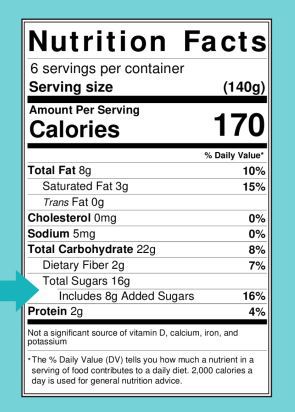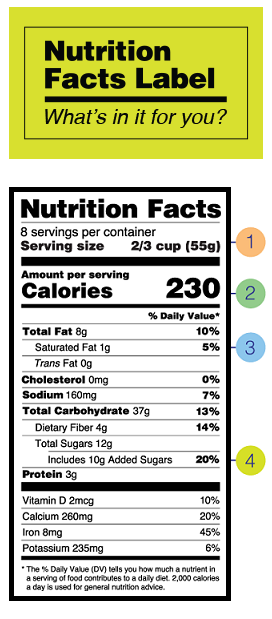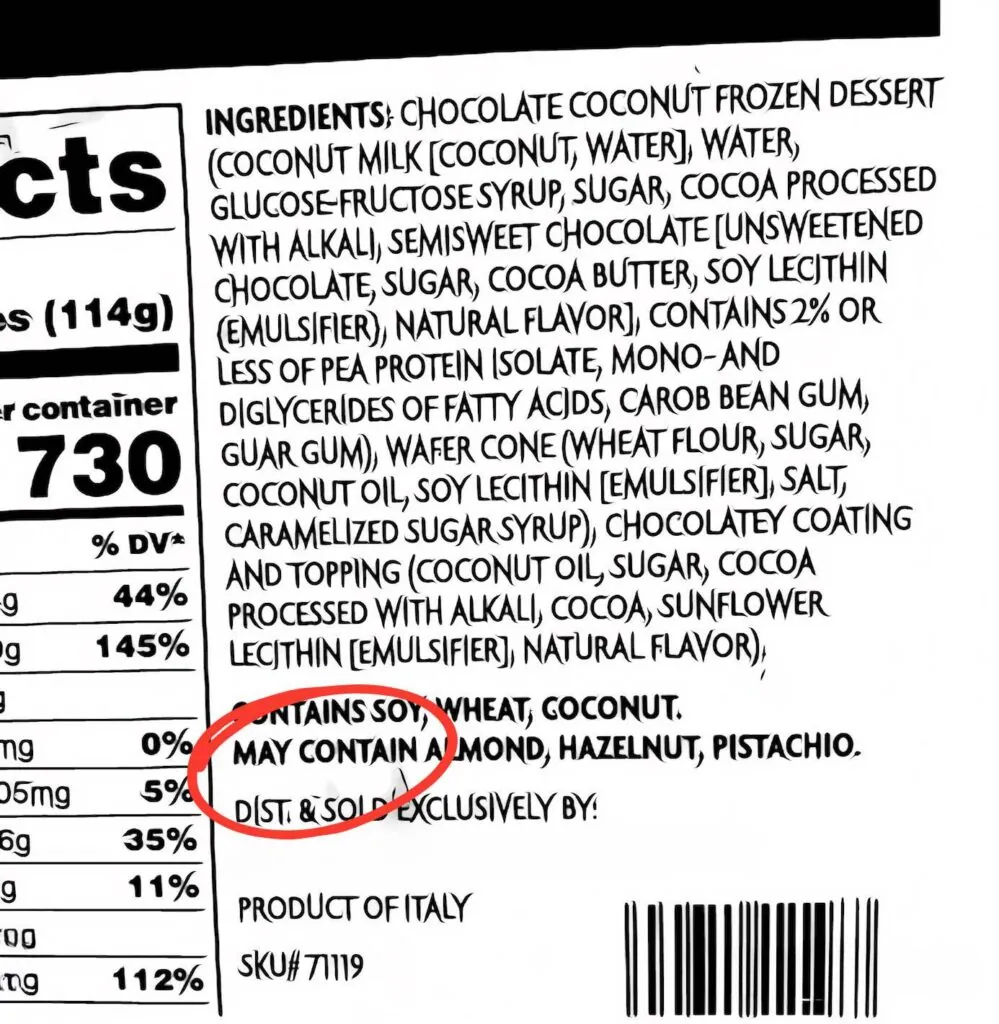6 Essential Nutrients
6 Essential Nutrients
Digestion/Metabolism & Myplate
Food Labels & Balanced Diets
Food Safety
Reading a Recipe
Which essential nutrients provide our body with energy? (hint - there are 3... often called "Macros"
Protein
Carbohydrates (main source of energy!)
Fats
What do we use to measure the amount of energy in our food?
Calories
Consuming high amounts of ______, _______, and ________ can cause health issues such as obesity, heart disease and diabetes.
Fat, Sugar, Salt
What is a Food Borne Illness?
Illness caused by food contaminated with bacteria, viruses, or parasites.
When reading a recipe, the amount refers to:
How much of something you need.
Cups, tablespoons, teaspoons, pints, etc.
What is the difference in Trace and Major minerals?
Major minerals = needed in large amounts
Trace minerals = needed in small amounts
***Neither is more important than the other!!
What food groups are included in Myplate?
Fruits
Vegetables
Dairy
Protein
Grains
What is a Fad Diet?
Is it a good thing or bad thing?
A diet trend that encourages people to eliminate one or more food groups. It may initially help someone lose weight but generally causes nutrient deficiencies and does not keep weight off over time.
What are the two main agencies that regulate our food?
FDA - Food and Drug Administration (80% of foods)
-Imported Crops, Domestically grown crops,
FSIS - Food Safety Inspection Service (20% of foods)
-Meats, Poultry, Eggs
When reading a recipe, the directions tell you what?
Directions give you a step by step order to make a recipe. They need to be followed in order to ensure the receipe is completed correctly!
What is the difference in complete vs incomplete proteins. What sources do they usually come from?
Complete proteins -> provide all 9 essential amino acids. Usually come from animals (with the acception of soy)
Incomplete proteins --> provide some essential amino acids, but not all. Usually come from plants
***Two sources of incomplete proteins can be combined to provide all 9 amino acids (example: rice and beans) these are called complimentary proteins.
In Myplate, half of your plate should be made up of...
Fruits and Vegetables

How many calories would I consume if I ate this entire package?
Answer = 960
There are 60 calories in 1 serving. The amount of servings in the entire container is 16.
60x16 = 960
In a Food Recall: Describe what a physical contamination is.
The food is physically contaminated with something that should not be there.
Example: Plastic, Glass, Woodchips, Metal Shavings, a piece of a glove, etc.
When reading a recipe, pans refer to what type of items and containers refer to what types of items?
Pans = sauce pan, frying pan, baking sheet, 9x9 class pan, 11x9 glass pan, large pots.
Containers = mixing bowls, tupperware, containers to chill in
What is the difference in simple carbs and complex carbs?
Simple carbs are made of short chains, they are digested quickly and usually spike the body’s blood sugar.
Complex carbohydrates are made of long chains, they take longer to digest and keep the body full for longer.
What does Myplate recommend when choosing dairy options?
Choose low-fat or fat free options when available!
What is the difference between "Total Sugar" and "Added sugar" on a nutrition label?

Added sugar = the amount of additional sweetener added into a product to make it palpatable
Total sugar = the amount of natural sugars in a product (think: apple pie is made using apples, and apples have natural sugars in them) AND the amount of added sugar totaled together.
This nutrition label has 8g of added sugar, and 16g of Total sugars... how many grams of natural sugars would be in this item?
To prevent food born illness, what are the 4 food safety steps we should follow when cooking/baking at home?
Cook
Clean
Chill
Separate
In the 7 parts of a recipe "Time" refers several things. What are they?
Prep time
Baking time
Chill/set time
When you need your item to be done by --> When you need to start
What is the difference in Fat soluble and Water soluble vitamins?
Fat soluble - stored in the bodies fat to be used at a later time. If not consumed that day, body will utilize the stored vitamin.
Water soluble - Is not stored in the body, vitamin is utilized and all excess is elliminated through urine. Must be consumed on a daily basis, since there is no reserve to utilize.
What type of grains should make up at least half of your grain intake?
WHOLE grains!
-Wheat bread
-Wheat pasta
-Brown Rice
-Quinoa etc.
What are the dirty dozen and clean fifteen
Dirty Dozen = Foods with the most pesticide residue (should try to buy organic if possible)
Clean Fifteen = Foods with the least amount of residue (definitly don't need to buy organic)
In a Food Recall: Describe what a Misbranding is.
Something on the label is incorrect.
It could be something minor, such as an incorrect weight, the wrong calorie amount, an item branded as Organic when it isn't
OR - It could be something major, like not listing the correct ingredients, not listing a major food allergen, etc.
When reading a recipe, temperature refers to:
The actual temperature an item is cooked at
How it is cooked (bake, broil, grill, fry, etc)
If it needs to be chilled
What vitamins are water soluble? vs Fat soluble?
Water soluble: All the B vitamins & Vitamin C
Fat soluble: Everything else (D, A, K, E)
What is the optimum diet, or way to consume food, to maintain a fast metabolism?
Small consistent meals and snacks throughout the day!
How could I determine the amount of GOOD unsaturated fats this item contains using the "Fats" listed on this label?

This label shows the "Total fats" as 8g
Saturated fats are 1g and it contains 0 Trans fats.
To calculate Unsaturated fats you would take the total fats 8g and subtract the other fats listed
Unsaturated Fats = 7g
In a Food Recall: Describe what a Pathogen Contamination is?
The food is contaminated by a disease causing organism.
Common examples would be something like E.Coli, Sallomenela, or Listeria
If my Recipe says "Yeild: 12 cookies" and I need 40 cookies for my party, how many batches do I need to make?
40 divided by 12 =3.33
3 batches wouldnt be enough... 36 cookies
So i need to make 4 batches! That gives me 48 cookies. Enough to feed ALL 40 people, and a few extras.
DOUBLE POINTS!!!
There are 3 types of fat.
-What are they?
-Which are good/bad?
-And what are a 3 examples of food each are found in?
Unsaturated, Saturated, and Trans Fats
-Unsaturated = Good Fats, Nuts, seeds, avacado, oil
-Saturated = Bad, Beef, butter, cheese, milk
-Trans Fats= TERRIBLE, fried food, baked goods
What is the job of the large intestine in digestion?
Removes water from digested food
How do you know if a food contains an allergen?
Look for an allergy statement at the bottom of the ingredients list. You should also look for a "May Contains" Statement

What 4 groups of people are more suseptible to food poisoning than others?
-Pregnant Women
-Elderly
-Young Children
-Those with compromised immune systems
The Ingredients of the receipe refer to....
What you need -> Example: "Onion"
And how you need it --> Example "Diced Onion"
Draw the 6 essential Nutrients chart - with ALL subcategories!
Example: What two types of proteins are there? etc.
Carbohydrates - Simple Carbs & Complex Carbs
Proteins - Complete and Incomplete (complementary when combined)
Fats - Saturated, Unsaturated, Trans
Minerals - Major and Trace
Vitamins - Water soluble and Fat soluble
What is the job of the small intestine during digestion?
Absorbs nutrients from the digested mass, and transports them into the blood stream
Explain the 5/20 rule and how it applies to reading food labels?
The 5/20 rule helps us understand if food contains a high or low amount of something.
If the daily value is is 5% or less, it is low.
If the daily value is 20% or more, it is high.
Ingredients we want to be low = fats, sodium, sugar
Ingredients we want to be high = vitamins, minerals, proteins, fiber, etc.
There are 3 Classes of Food Recalls:
Class I
Class II
Class III
Rank them in order of most serious, to least and give an example of the type or recall that could fall into that category
Class I = Most serious, something that could cause death. An example would be a mislabled item not listing a major food allergen
Class II = Moderately serious, it might make you a bit ill and cause vomiting/diahrea but won't cause major issues. An example would be mold in an item.
Class III = Least serious, something that is technically wrong but would cause any harm. An example would be a label providing the wrong weight for the item, or a food being labeled as Organic when it is not
When reading a recipe: What does the "Yield" mean?
How many servings it makes, or how many people it will feed.